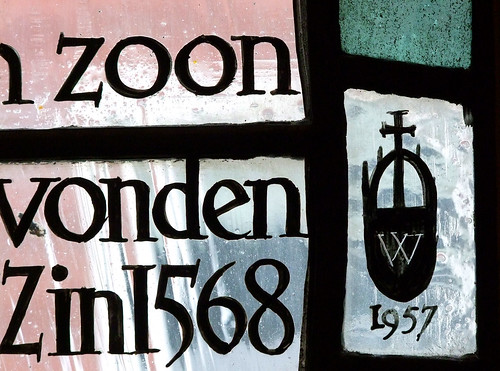| |
|
|
|
|
The best 20th Century church in the City, and one of the
best in the whole of London, but at what a price! For
here was the priory church of the Austin Friars, rebuilt
in spectacular Decorated style by the Augustinians in the
1350s, a mark of piety in that decade after the Black
Death. At the Reformation it was all sold off or
demolished apart from the vast nave, which was given as
the Temple of Jesus to the Dutch Protestants by the crown
to help them put down error among the Flemish community,
which had developed a taste for anabaptism. The advisers
to the young Edward VI were keen to encourage Bible-based
teaching and a rejection of Popish practices like the
consecration of Bishops and sacramental worship. Thanks
to their uncompromising Reformation, the Dutch were felt
to be the best defenders of the fundamental protestant
faith, although in fact the church was used by protestant
sects from a number of European countries, including
Scandinavian ones - Wayland Young notes that the Swedish
ambassador had his own pew beside that of the Dutch
ambassador. In the 19th Century, one of the Dutch
Reformed congregations here was of South African Boers. Young goes on to describe the Temple of
Jesus as throughout a place of the highest
seriousness. The pulpit was attached to one of the nave
piers and the pews were grouped around it, leaving the
rest of the great nave bare. Offenders, however trivial,
stood on a raised place while their offences and their
penance were read out from the pulpit. The congregation
debated moral questions such as might a Christian attend
a Catholic marriage service? The church was gutted
by fire in 1870 and stood roofless for a few years before
being repaired, but the interior 16th Century furnishings
were all lost of course. Eventually restored, it remained
one of the best 14th Century buildings in the whole of
London.
On the night of 15th October 1940,
in an early raid on the City, the church received a
direct hit from a half-ton high explosive bomb, and was
vaporised. The Dutch, being a practical people, built a
completely new church in its place. The architect was
Arthur Bailey. He was clever enough to maximise the use
of space on the site by raising the floor of the new
church and building offices and meeting rooms beneath.
This split level interior is complemented by other
offices to the west of the church. The whole thing was
complete by 1957.
No City church is so full of light
as this one - it is breathtaking. The simplicity of Dutch
Reformed worship coupled with an opulent scheme of 1950s
stained glass by the likes of Max Nauta, Hugh Easton and
William Wilson creates a sense of being inside a hollow
jewel. Floors, furnishings, glass - everything is of the
highest quality. The acoustic is designed for robust
scriptural worship, which is the kind of thing the
Reformed Dutch like best. This acoustic creates a sense
of gravitas - not seriousness exactly, more a feeling of
the importance of this place. All in all, a remarkable
achievement despite the loss.
Simon Knott, December 2015
location: Austin Friars EC2N 2HA - 3/066
status: working Dutch Reformed church
access: Tuesday to Friday 11am - 3pm (other
times ring on bell, you may be lucky)
website
 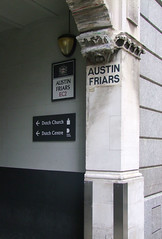 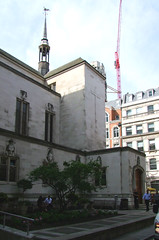 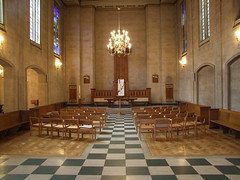 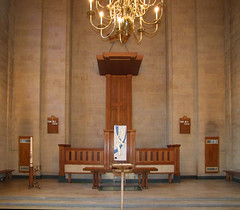 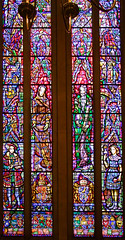 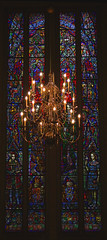 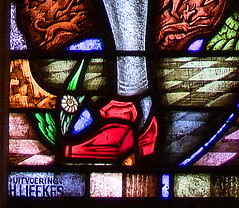  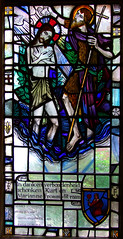 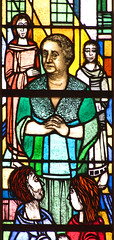 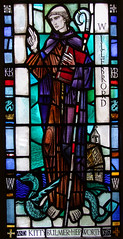  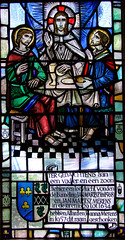   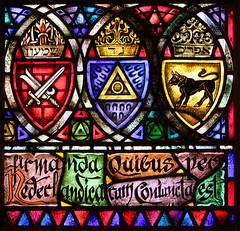  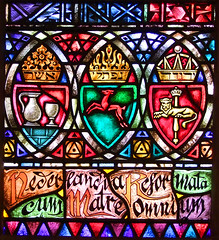 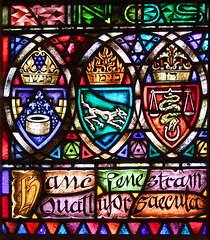 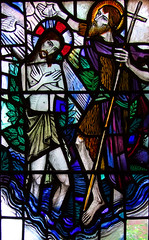 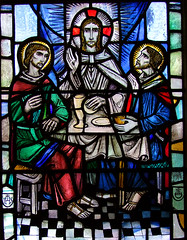
Commission
from Amazon.co.uk supports the running of this site
|
|
|
|
|
|


